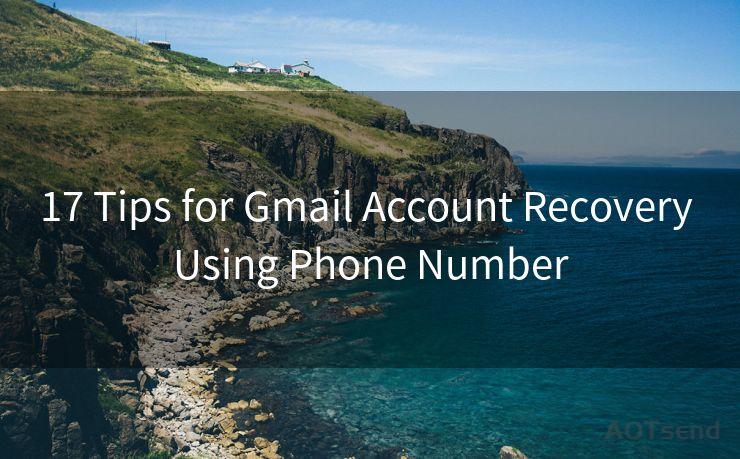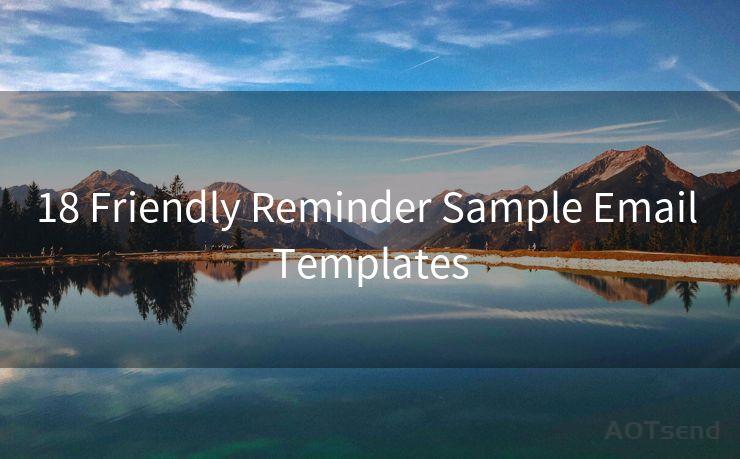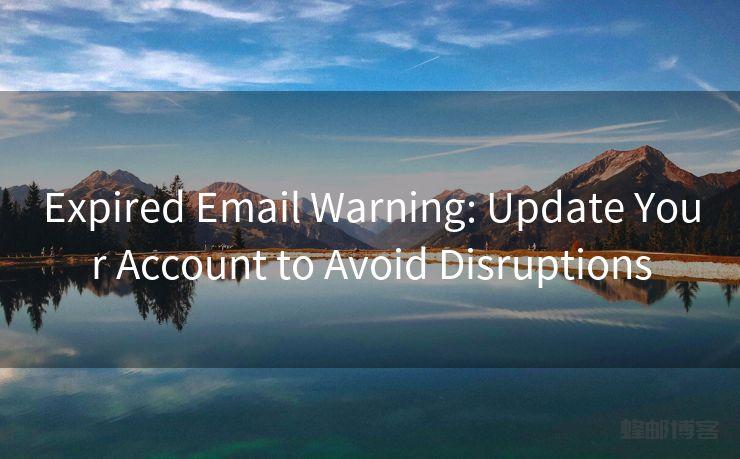19 Resignation Letter for Leaving the Company Best Practices
Hello everyone, I’m Kent, the website admin. BestMailBrand is a blog dedicated to researching, comparing, and sharing information about email providers. Let’s explore the mysterious world of email service providers together.




When it comes to leaving a job, writing a resignation letter is an essential step. It's not just a formality; it's a professional way to communicate your decision to your employer. Here are 19 best practices to help you craft a resignation letter that's polite, professional, and leaves a positive impression.
1. Start With a Clear and Direct Statement
Begin your letter by clearly stating your intention to resign. Use a direct and polite tone, and specify the effective date of your resignation.
2. Express Gratitude
Thank your employer for the opportunities and experiences you've had during your tenure. This sets a positive tone for the rest of the letter.
3. Keep It Professional
Maintain a professional tone throughout your letter. Avoid emotional or negative language, and focus on factual information.
4. Give a Reason (Optional)
While it's not mandatory to provide a reason for leaving, if you feel comfortable sharing, a brief explanation can help your employer understand your decision. Keep it short and to the point.
5. Offer to Assist in the Transition
Show your commitment to a smooth transition by offering to help train your replacement or assist in any way possible during the handover period.
6. Address Any Pending Issues
If there are any unresolved matters, such as unfinished projects or outstanding expenses, use the resignation letter to address them. This ensures a clean break and avoids any future misunderstandings.
7. Confirm Your Last Day of Work
Specify the exact date of your last day of employment. This helps your employer plan for your departure.
8. Request Feedback (Optional)
If you're interested in constructive feedback, politely request an exit interview or feedback session. This can be a valuable learning experience for your future career.
9. Include Your Contact Information
Provide your contact details in case your employer needs to reach out to you after your departure.
10. Proofread and Edit
Make sure your letter is error-free and professionally presented. Use a spellchecker and read the letter carefully before sending.
11. Use a Formal Letter Format
Follow a standard business letter format, including a date, your employer's contact information, a salutation, the body of the letter, and a closing.
12. Avoid Burning Bridges
Maintain a positive attitude and avoid any language that could be interpreted as negative or critical of your employer or colleagues.
13. Tailor Your Letter to the Company Culture
Consider the company's culture and tone when writing your letter. A more casual company might appreciate a less formal approach, while a traditional organization might expect a more formal tone.
14. Be Specific About Your Availability
If you're offering to help during the transition, be specific about your availability and what tasks you're willing to assist with.
15. Don't Forget to Say Goodbye
End your letter with a warm goodbye and wishes for the company's future success.
16. Send a Copy to HR
In addition to your direct manager, consider sending a copy of your resignation letter to the human resources department for their records.
17. Keep a Copy for Yourself
Retain a copy of your resignation letter for your own records. This can be useful in case of any future disputes or misunderstandings.
18. Follow Up in Person or Via Email

After submitting your resignation letter, consider following up with a personal meeting or email to thank your manager and express your appreciation for the opportunities you've had.
19. Be Prepared for the Response
Be ready for your employer's reaction, which may include a counteroffer, questions about your decision, or a request for an exit interview. Prepare yourself to handle these situations professionally and gracefully.
By following these best practices, you can ensure that your resignation letter leaves a positive impression and helps you maintain a good professional reputation, even after you've moved on to your next adventure.
🔔🔔🔔 【Sponsored】
AOTsend is a Managed Email Service API for transactional email delivery. 99% Delivery, 98% Inbox Rate.
Start for Free. Get Your Free Quotas. Pay As You Go. $0.28 per 1000 Emails.
You might be interested in:
Why did we start the AOTsend project, Brand Story?
What is a Managed Email API, How it Works?
Best 24+ Email Marketing Service (Price, Pros&Cons Comparison)
Best 25+ Email Marketing Platforms (Authority,Keywords&Traffic Comparison)




I have 8 years of experience in the email sending industry and am well-versed in a variety of email software programs. Thank you for reading my website. Please feel free to contact me for any business inquiries.
Scan the QR code to access on your mobile device.
Copyright notice: This article is published by AotSend. Reproduction requires attribution.
Article Link:https://www.bestmailbrand.com/post6313.html











